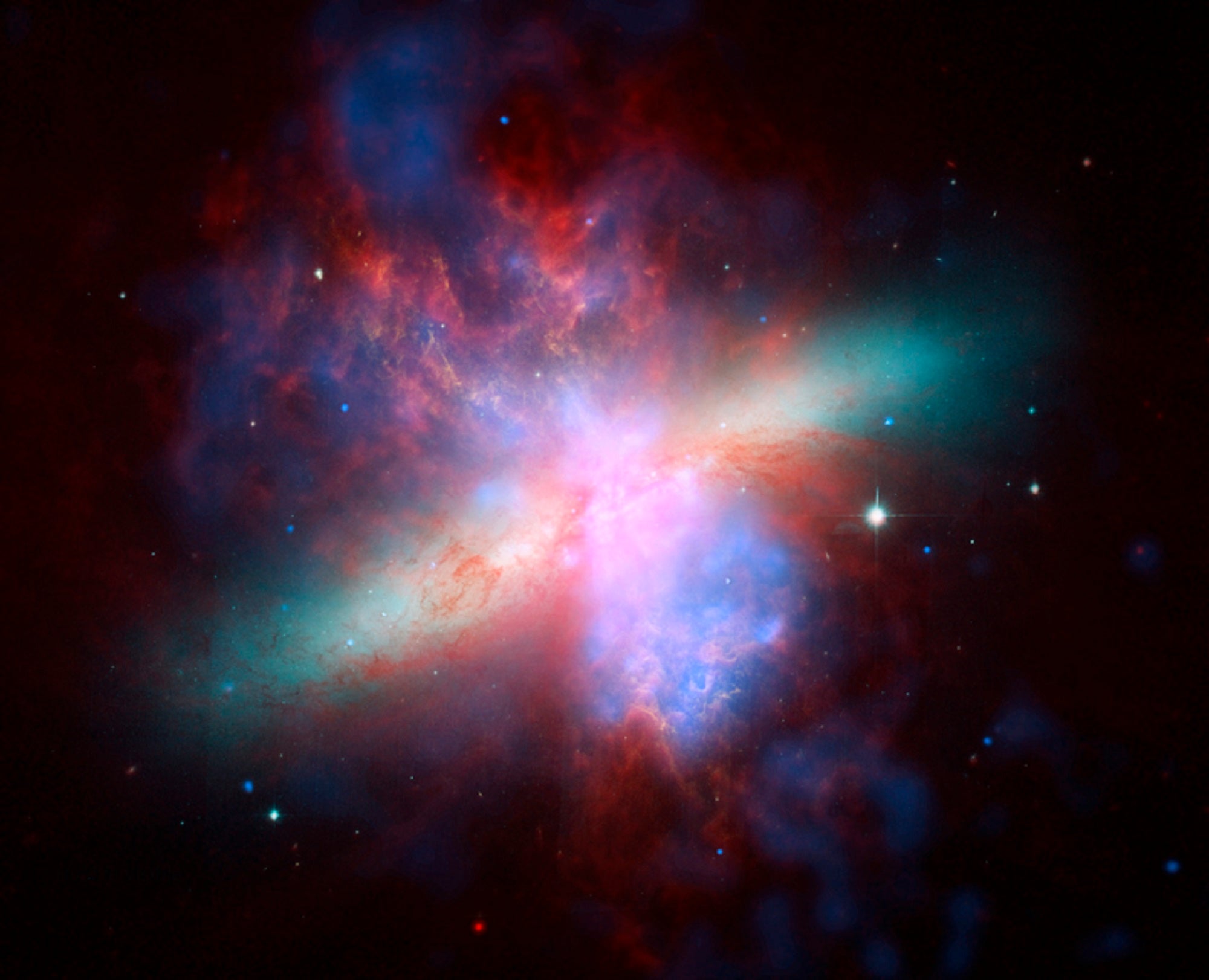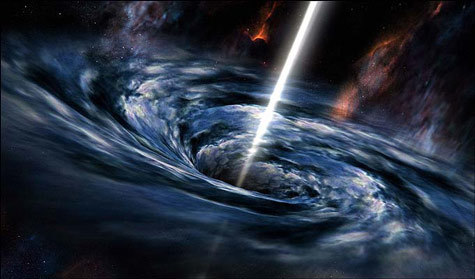A group of scientists utilized the initial data from the JWST in a recent study submitted to MNRAS, successfully identifying a potential galaxy named CEERS-93316 that emerged roughly 250 million years after the Big Bang and set a new redshift record of z = 16.7. This discovery is particularly noteworthy as it showcases the impressive capabilities of the JWST, despite the fact that it has only just begun transmitting its early data. The development of the Cosmic Evolution Early Release Science Survey (CEERS) was instrumental in utilizing the JWST to capture images.

The discovery of CEERS-93316 and its record-breaking redshift value is a source of excitement and amazement for the scientific community. Dr. Rebecca Bowler, an Ernest Rutherford Fellow at the University of Manchester and co-author of the study, expressed her surreal experience of witnessing the JWST surpassing the records previously held by the Hubble telescope in just a few short weeks. In particular, the identification of a galaxy candidate with a redshift value of z = 16.7 was unexpected and remarkable, instilling a sense of awe and wonder in the researchers.
The postage stamp images of CEERS-93316 captured by the JWST NIRCam filters (F115W, F150W, F200W, F277W, F356W, and F444W) provide a glimpse into the appearance of this distant galaxy candidate. The development of the CEERS survey and the successful utilization of the JWST to capture these images demonstrate the incredible capabilities of this state-of-the-art telescope. The discovery of CEERS-93316 and other distant galaxies holds immense promise for advancing our understanding of the early universe and the processes that drove its evolution over time.

Mr. Callum Donnan, lead author of the study and a PhD student at the University of Edinburgh, expressed his amazement at the discovery of a distant galaxy candidate in the first set of data obtained by the Webb telescope. However, he also highlighted the importance of conducting follow-up observations using spectroscopy to confirm the redshift value of the galaxy candidate. This is a crucial step in determining whether CEERS-93316 is indeed a galaxy that formed 250 million years after the Big Bang, and not a foreground object with a similar appearance. As a result, the researchers refer to it as a galaxy candidate until further observations are conducted to confirm its nature. Nevertheless, the initial discovery of CEERS-93316 is a significant milestone for the JWST and the scientific community, providing a promising glimpse into the early universe’s formation and evolution.

The primary camera on the JWST, the Near Infrared Camera (NIRCam), played a critical role in providing evidence that CEERS-93316 is not a low-mass star or an unobstructed active galactic nucleus. Cosmologists are intrigued by the potential insights that can be gained from studying galaxies that formed shortly after the Big Bang, such as CEERS-93316, which may only be 250 million years old.
Dr. Bowler explained that observations of CEERS-93316 push back our understanding of the early universe to the time when the first galaxies were believed to have formed during the dark ages, a period before the first stars had even been born. The discovery of more galaxies in the early universe than predicted by computer simulations raises many questions about how and when the first stars and galaxies formed.
The fact that this remarkable discovery was made using the JWST’s first set of data raises intriguing questions about how far back in the universe this cutting-edge space telescope can see. It also raises the exciting possibility of whether the JWST can observe the Big Bang itself, offering unprecedented insights into the origins of our universe.

Although no further observations are currently planned for CEERS-93316, both Donnan and Bowler expressed their hope that future studies will shed more light on this distant galaxy candidate. The redshift value of an object is a key part of the Doppler effect used by astronomers to measure distances in the universe. To illustrate the Doppler effect, a common example is the change in pitch of a sound wave as a loud object moves towards and away from an observer, such as an ambulance siren. The sound waves as the object moves away are known as blueshift, while those as it moves towards are called redshift. With the discovery of CEERS-93316 and its record-breaking redshift value, scientists have measured the farthest object in the universe to date.
The study on CEERS-93316 was submitted to MNRAS and utilized data from the Cosmic Evolution Early Release Science Survey, highlighting the critical role of these resources in advancing our understanding of the early universe.









